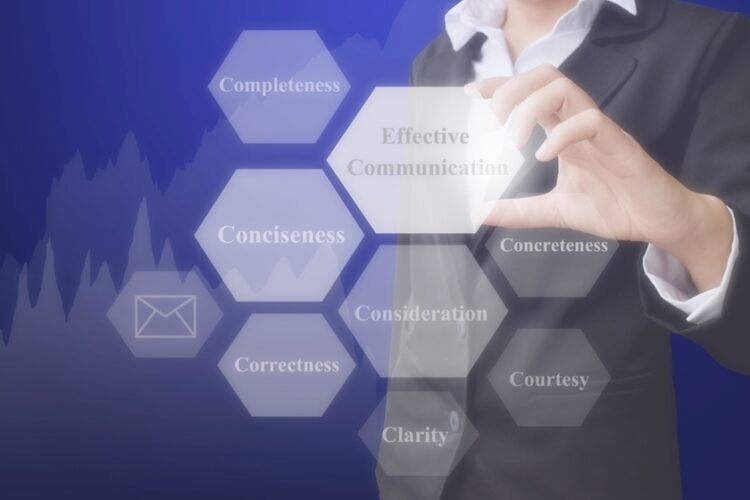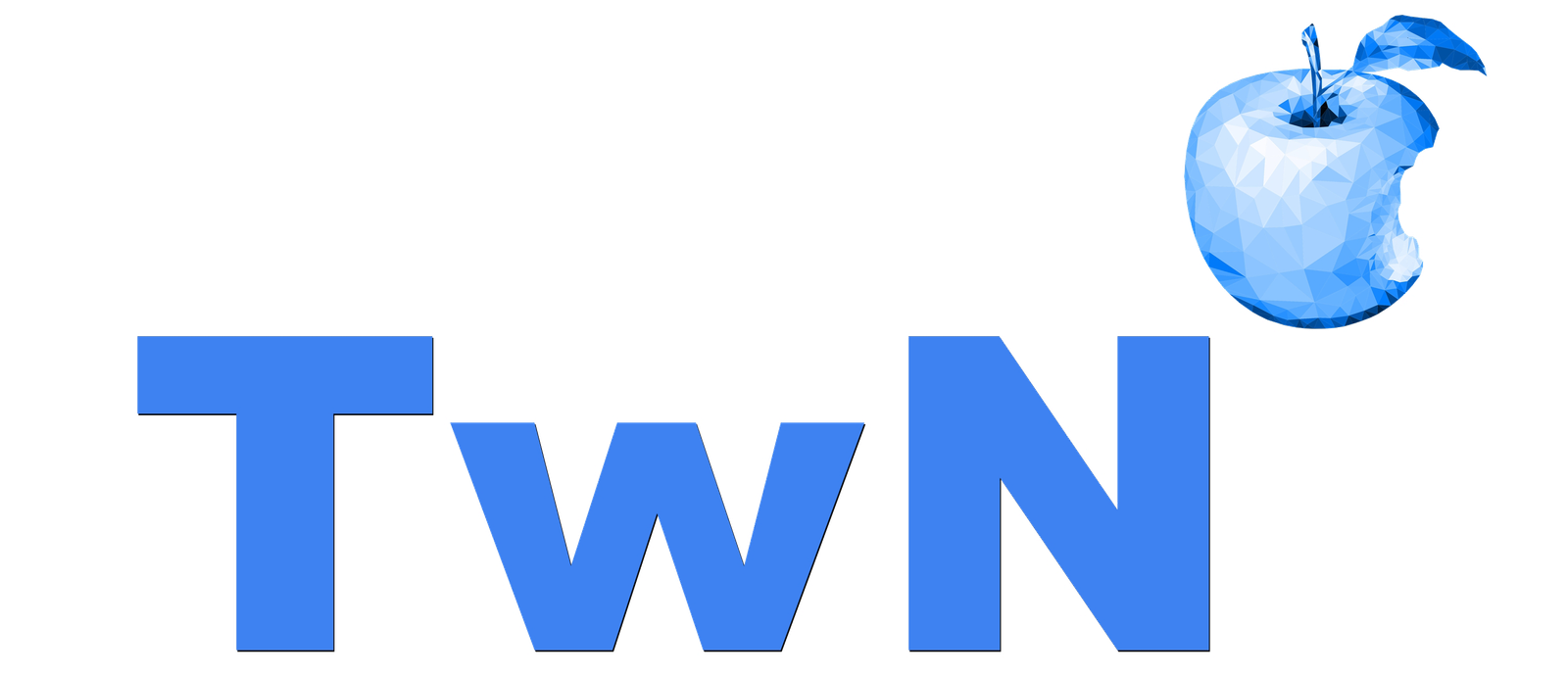
What is Effective Communication?
Effective communication is the art of conveying information clearly, accurately, and efficiently to ensure that the intended message is understood by the recipient(s).
The ability to convey complex technical concepts in a clear and understandable manner is essential not only for collaborating within technical teams but also for effectively communicating with non-technical stakeholders. Bridging the gap between technical and non-technical teams requires a combination of clarity, empathy, and adaptability in communication styles.
Understanding the Communication Gap
A primary challenge IT professionals face is translating technical jargon and complex concepts into language that non-technical stakeholders can comprehend. While IT professionals may be well-versed in programming languages, network architectures, and system configurations, these terms can be alien to those outside the technical sphere. This communication gap can lead to misunderstandings, delays in project delivery, and frustration among team members.
Key Communication Strategies
- Know Your Audience: The first step in effective communication is understanding your audience. Tailor your message to the level of technical expertise and familiarity with IT concepts. Use analogies, metaphors, and real-world examples to make technical concepts more relatable and understandable to non-technical stakeholders.
- Active Listening: Communication is a two-way street. Practice active listening to understand the needs, concerns, and expectations of non-technical team members. Encourage open dialogue, ask clarifying questions, and seek feedback to ensure that your message is being understood and received as intended.
- Simplify Technical Language: Avoid using technical jargon and acronyms that may be unfamiliar to non-technical stakeholders. Break down complex concepts into digestible chunks, and use plain language to convey your ideas. Focus on the ‘what’ and ‘why’ rather than getting bogged down in the ‘how’ of technical details.
- Visual Aids and Demonstrations: Visual aids such as diagrams, charts, and prototypes can help illustrate technical concepts and enhance understanding. Use interactive demonstrations and walkthroughs to showcase software functionalities and user interfaces, allowing non-technical stakeholders to visualize the end product and provide valuable feedback.
- Build Trust and Rapport: Establishing trust and rapport is essential for effective communication across teams. Be transparent about project timelines, progress, and potential challenges. Foster a collaborative environment where team members feel empowered to ask questions, share ideas, and voice concerns without fear of judgment.
- Embrace Empathy and Patience: Recognize that not everyone will have the same level of technical proficiency or familiarity with IT terminology. Practice empathy and patience when communicating with non-technical team members, and be willing to repeat explanations or provide additional context as needed.
Overcoming Communication Barriers
In addition to linguistic and technical barriers, communication within IT teams may also be hindered by cultural differences, hierarchical structures, and remote work environments. To overcome these barriers, leverage communication tools and platforms that facilitate real-time collaboration, such as video conferencing, instant messaging, and project management software. Encourage cross-functional team meetings, brainstorming sessions, and knowledge-sharing initiatives to foster a culture of open communication and collaboration.
Conclusion
Effective communication skills are essential for IT professionals to bridge the gap between technical and non-technical teams, facilitate collaboration, and drive project success. By understanding the needs of diverse stakeholders, simplifying technical language, and fostering a culture of transparency and empathy, IT professionals can overcome communication barriers and build stronger relationships within their organizations. With clear and concise communication, IT professionals can ensure alignment of goals, mitigate misunderstandings, and ultimately deliver value to the business.
